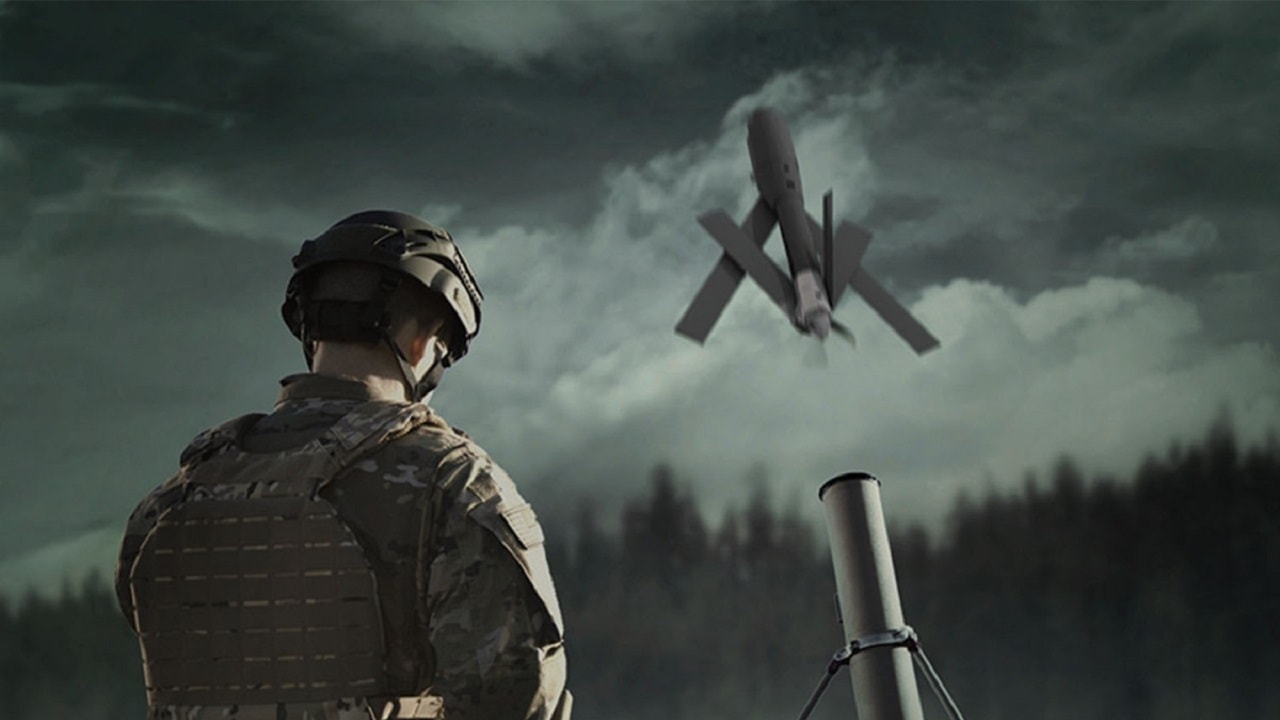Russia’s invasion of Ukraine is one of the most consequential events of the 21st century so far.
It is the first sustained, large-scale conflict this century between two major conventional militaries, and the biggest war on European soil since the end of World War Two.
Ukraine has received scores of billions of dollars’ worth of military aid from the United States and the rest of the West, turning the battlefields of Ukraine into a test bed for modern weapon systems.
From the fighting, drones stand out as the weapon with the most promise.
10,000 Drones A Month Lost by Ukraine to Russia
The conflict in Ukraine is the first time in the history of warfare in which drones of all types and sizes have played a widespread role in the efforts of both sides.
The Ukrainians have pioneered the use of makeshift drones and are using them in the thousands against Russian forces. From reconnaissance to battle damage assessment to kinetic strikes, Ukrainians have been using drones in a variety of roles. But such widespread reliance on unmanned aerial systems comes with a price — a very heavy price, according to some analysts.
“The loss rate for Ukrainian UAVs at the moment is about 10,000 UAVs a month,” Jack Watling, a senior research fellow at the Royal United Services Institute, said during the Land Force Pacific international symposium.
The Ukrainians seem unfazed by such losses and continue to use drones at an industrial level on the battlefield.
The Russians aren’t far behind. Although less reliant on drones than the Ukrainians, Russian forces employ unmanned aerial systems for a variety of roles, including reconnaissance and attack. Russian Lancet suicide drones are an important tactical threat on the battlefield, while Iran-made Shahed-136 suicide drones are wreaking havoc on Ukrainian cities.
Indeed, the use of drones in Ukraine is so widespread that the Russian Ministry of Defense has started training schoolchildren in how to use them, preparing the next generation of operators.
But the Ukrainians can also rely on Western loitering munitions — or suicide drones — for kinetic strikes against Russian weapons systems, command and control centers, and logistical nodes.
Drones over Ukraine
The U.S. military has sent its Ukrainian counterpart hundreds of drones — models including the Switchblade 300, Switchblade 600, Phoenix Ghost, Altius 600, Penguin, Jump-20, Scan Eagle, Puma, and CyberLux.
Of these drones, the Phoenix Ghost and the two versions of the Switchblade stand out for their kinetic effects.
The three suicide drones pack an explosive charge that can take out anything from a small concentration of troops to a main battle tank (in the case of the Switchblade 600).
Kyiv has used these drones in tactical strikes against Russian units with mixed results.
The widespread use of drones by both sides shows that the modern era of conflict is one in which unmanned systems of all kinds play a key part.
A 19FortyFive Defense and National Security Columnist, Stavros Atlamazoglou is a seasoned defense journalist specializing in special operations, a Hellenic Army veteran (national service with the 575th Marine Battalion and Army HQ), and a Johns Hopkins University graduate. His work has been featured in Business Insider, Sandboxx, and SOFREP.
From the Vault
‘You Really Oughta Go Home’: F-22 Raptor Stealth Fighter Flew Under F-4 From Iran

